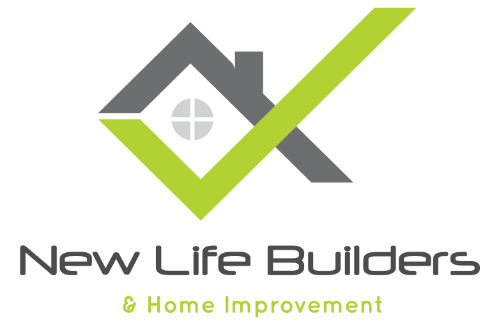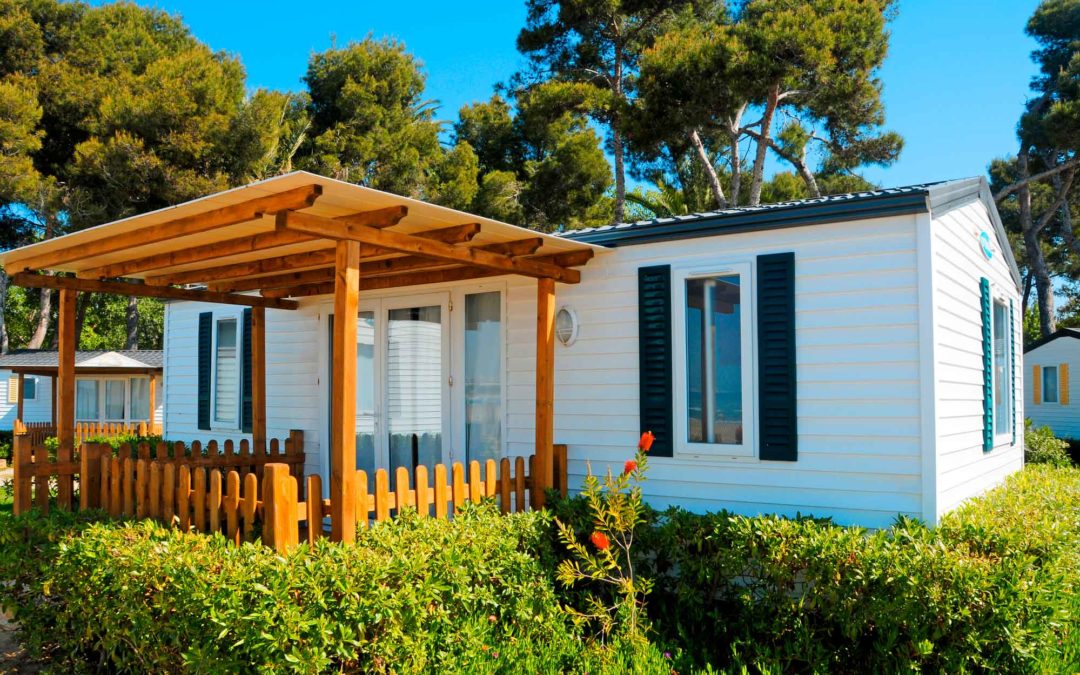There are differences between a manufactured home and a mobile home. Mobile homes were built before 1976 and are pretty much obsolete now. However, the terminology has remained with us, but strictly speaking, mobile homes are not built anymore. Manufactured and Modular homes are built in a factory and transported to the site. Manufactured homes are almost indistinguishable from regular homes in that once they are put on site, they are not moved again. Modular homes can be put on a temporary chassis or permanent one. Temporary ones are termed off-frame and are typically what people think of when they hear the term “mobile home” nowadays. Modular and Manufactured homes are built much differently than mobile homes, however.
Today’s construction methods are different and so are the materials. More emphasis is on consistency and durability. Many of these homes can last 55-80 years.
Having said all that… can you add on to your Modular or Manufactured Home?
Yes, you can. The most popular additions to single wide modular homes are patios, porches, decks, screen enclosures or sunrooms. Why? Because you already have the feel of the outdoors with your home, bringing in more of it is what makes sense to some people. It does add square footage, and it looks like it is supposed to be there.
There are some of these enclosures that are aftermarket installations that can be added onto your home and look like they were part of it from the start. These can bear their own weight and don’t require much work on your home to add on.
Carports are also popular additions. They also bear their own weight and can be useful depending on your climate. They don’t add square footage, but not everyone requires space inside.
Now all of these are considered NON-weatherproof additions. As such you may be better off NOT attaching them to your home. If you do, you need to put in frost line footings. These can be expensive and the addition can shift and cause damage to your home if the footings aren’t deep enough. It is normally advised to put the addition next to the structure of your home, and then seal the openings, that way the addition can shift separately from the home with no damage to either. If frost footings are added, then the addition can be part of the house structure, and should not separate or shift away from the house at all.
Aside from the popular additions, there are other improvements to consider
Southern Maryland home improvement company can convert your modular home to real estate. This is done by removing the chassis, wheels, and axles – then giving a permanent foundation to your home. Then register your home with the county recorder’s office. Your home needs to abide by HUD requirements, be on privately owned land and have gone through the physical conversion.
Redo the roof – it can also be called a roof over. Some like the aesthetics of a pitched roof rather than the flat roof of most modular homes and this is not hard to do. Make sure that the roof you have is in good enough shape to take a load of another roof on top of it, or simply replace it (and a pitched roof can add to your ceiling height!).
What else do you need to know?
According to code, when making any additions to your modular or manufactured home, NONE of the weight of the addition can bear on the original structure. Any addition must support itself completely. This is part of the HUD Code and is for your safety (also will keep your home from shifting apart). There are guidelines to follow that can be found on the HUD website (The name of the publication is “Guide to Foundation and Support Systems for Manufactured Homes”.)
Check with your lease agreement and park management before starting any project that alters your home. Some parks may require conformity among all the homes, some may allow some leeway. It is best to check before you pay fines and need to tear out the work you have done.
Apply for permits. This can cost you a lot of money if you don’t do it. Not only are permits and inspections for your safety, but they result in a better quality build. Better to do it right the first time, it will save you money and time later.
Build for your climate. If you live where it rains a lot, don’t skimp on the waterproofing. If you live where it is sunny, add UV protection. Think about the conditions where you live and ask your contractor what he recommends. Adding insulation and other weatherproofing can make your extra space much more durable and comfortable.
If your home is still under warranty, don’t do anything to your home. Even if your manufacturer approves the addition, and something happens – it may void your warranty. Read the fine print or check with a lawyer. If you can possibly wait until the warranty expires before doing additions or modifying your home, you will be much better off. Having said that, try to use additions of materials recommended by the manufacturer of your home to reduce problems down the line.
If you do not take care and just build without regard for permits and codes, your new addition could shift, settle and separate from your home. Having a contractor who can help you do the work correctly and with proper care can make sure your addition will be there for as long as your home.
Can I have a basement with my Modular home?
Yes… but this will require moving your home for a bit while the dirt under it is the dugout. Your utilities (wires, pipes, etc) need to be moved and it will take a bit of time. This is a major project and is best done with your contractor. It will add appreciable space to your home, but your home will not be able to be moved afterward.
Last Thoughts
All things considered, living in a manufactured or modular home can be cost-effective and comfortable. Additions are possible with planning and care. No matter what additions you decide to add to your home, adding space is better than moving, especially if you do it abiding by the HUD code and local laws and regulations – because your safety is important. On top of that, doing it correctly can save you time and money later, and add to your resale value.
There are some amazing additions to modular homes, planning yours with New Life Builders will make sure it is done right.
What about after the construction is complete and you have moved into your new home? Regular cleaning and maintenance will be vital to keep your property looking great. Check out our post on exterior home cleaning!

